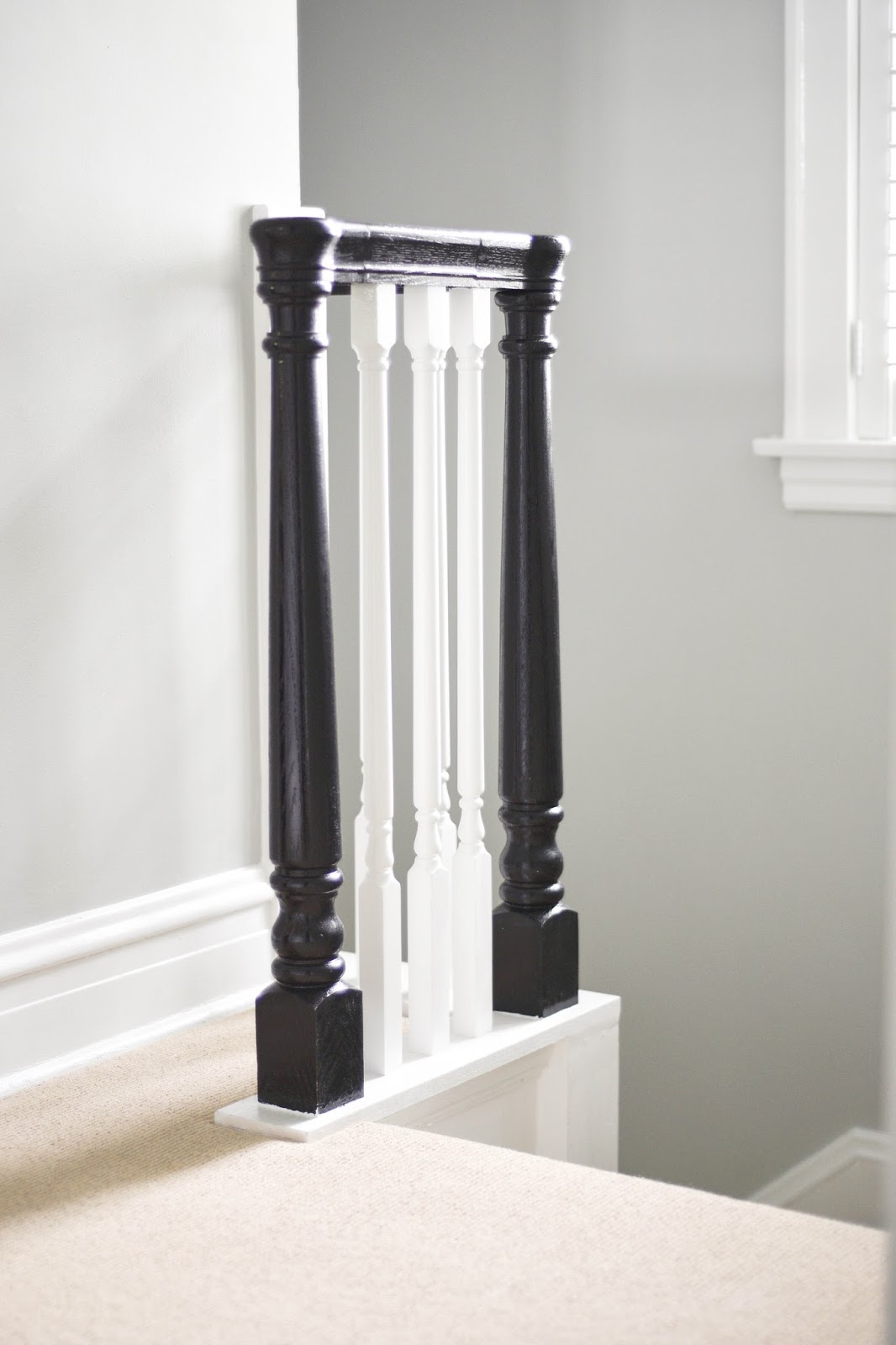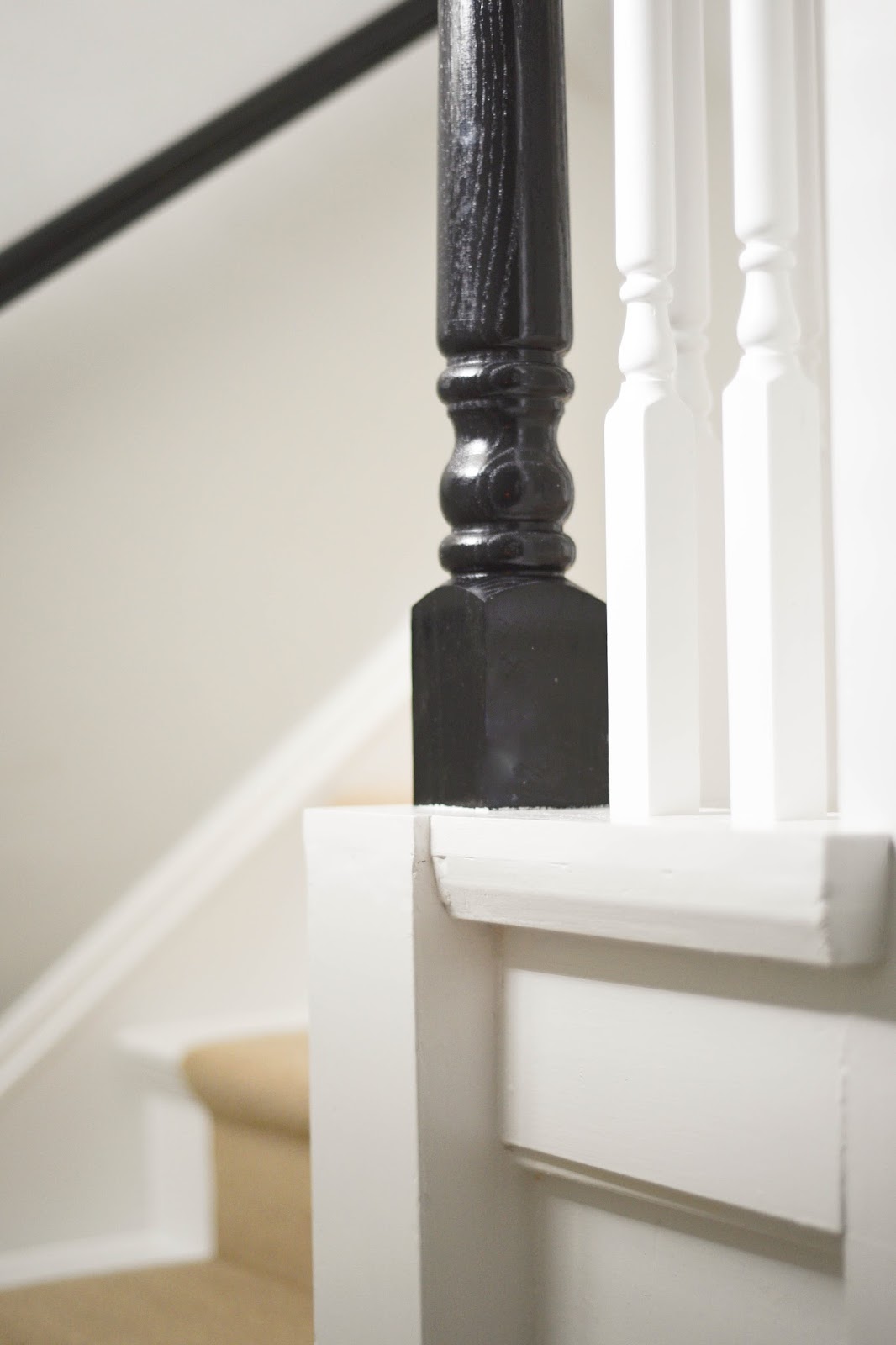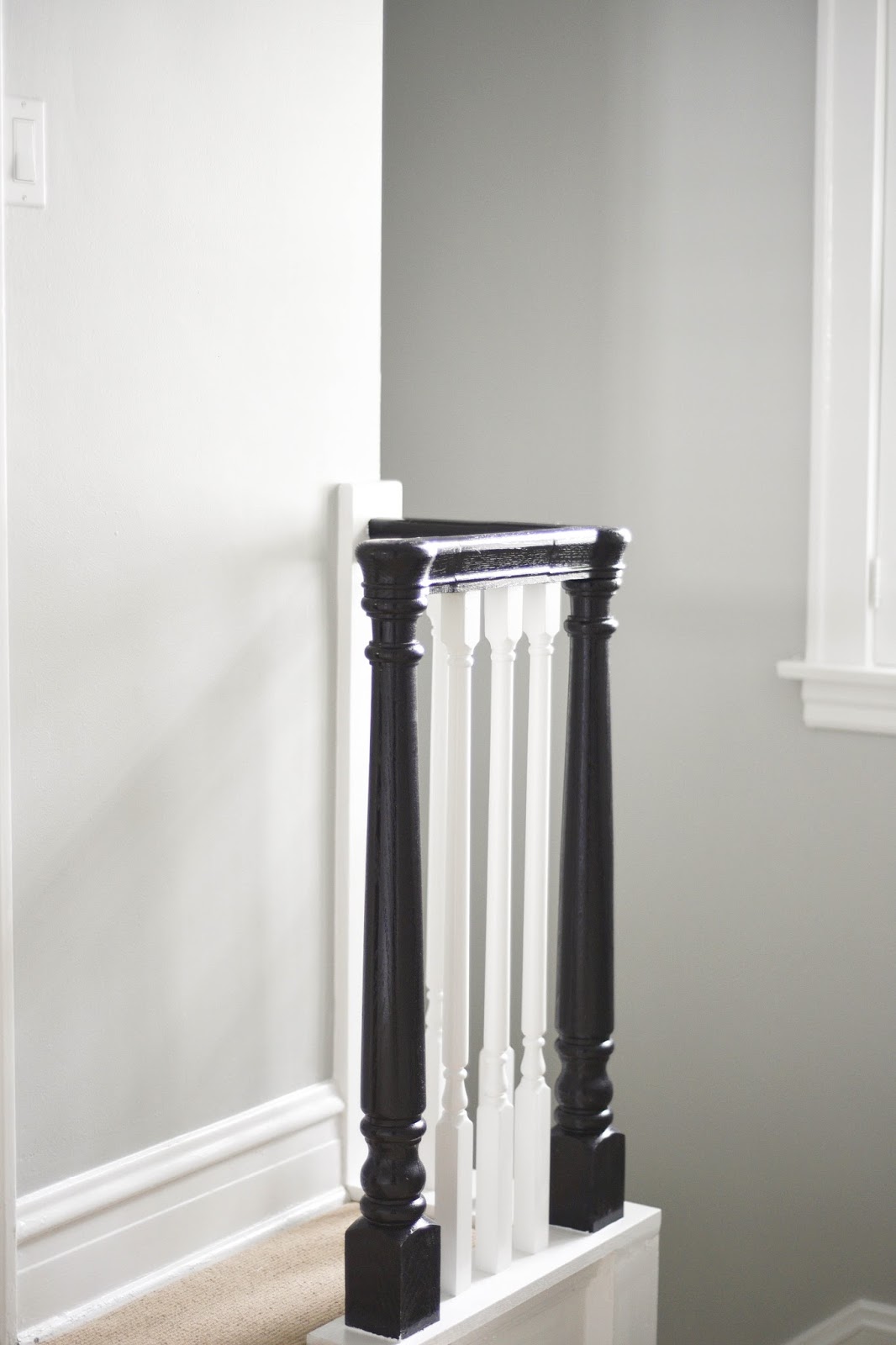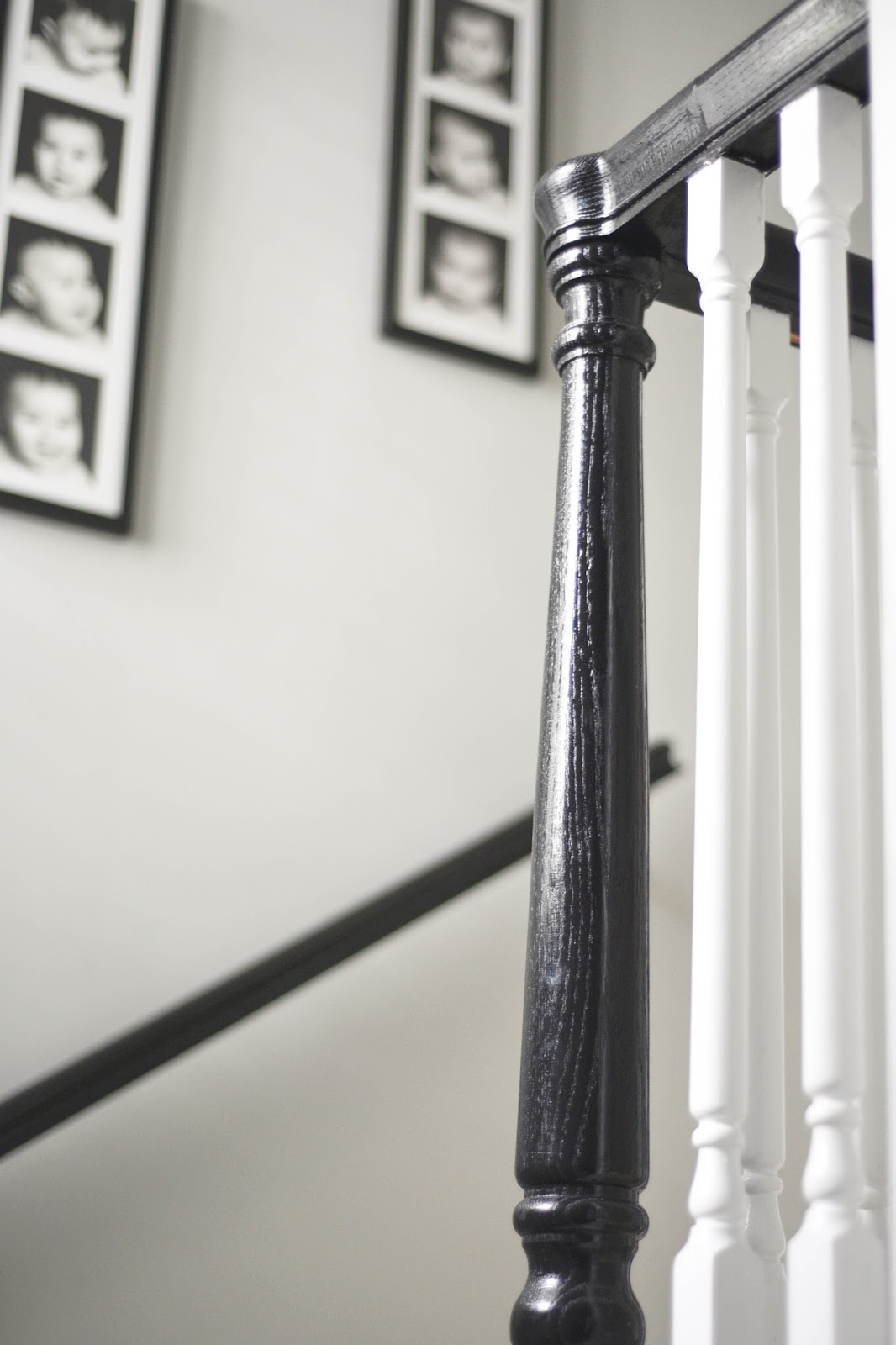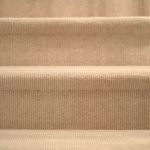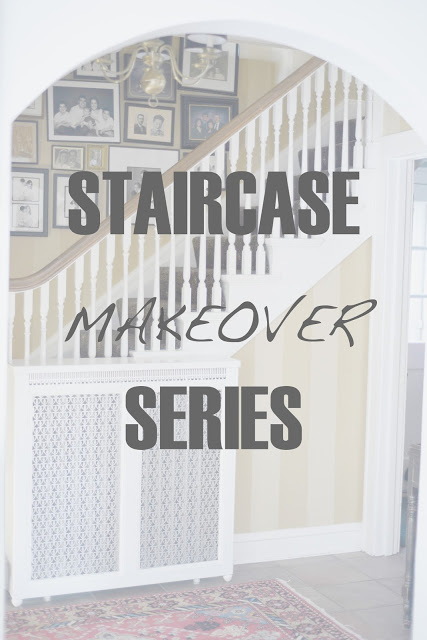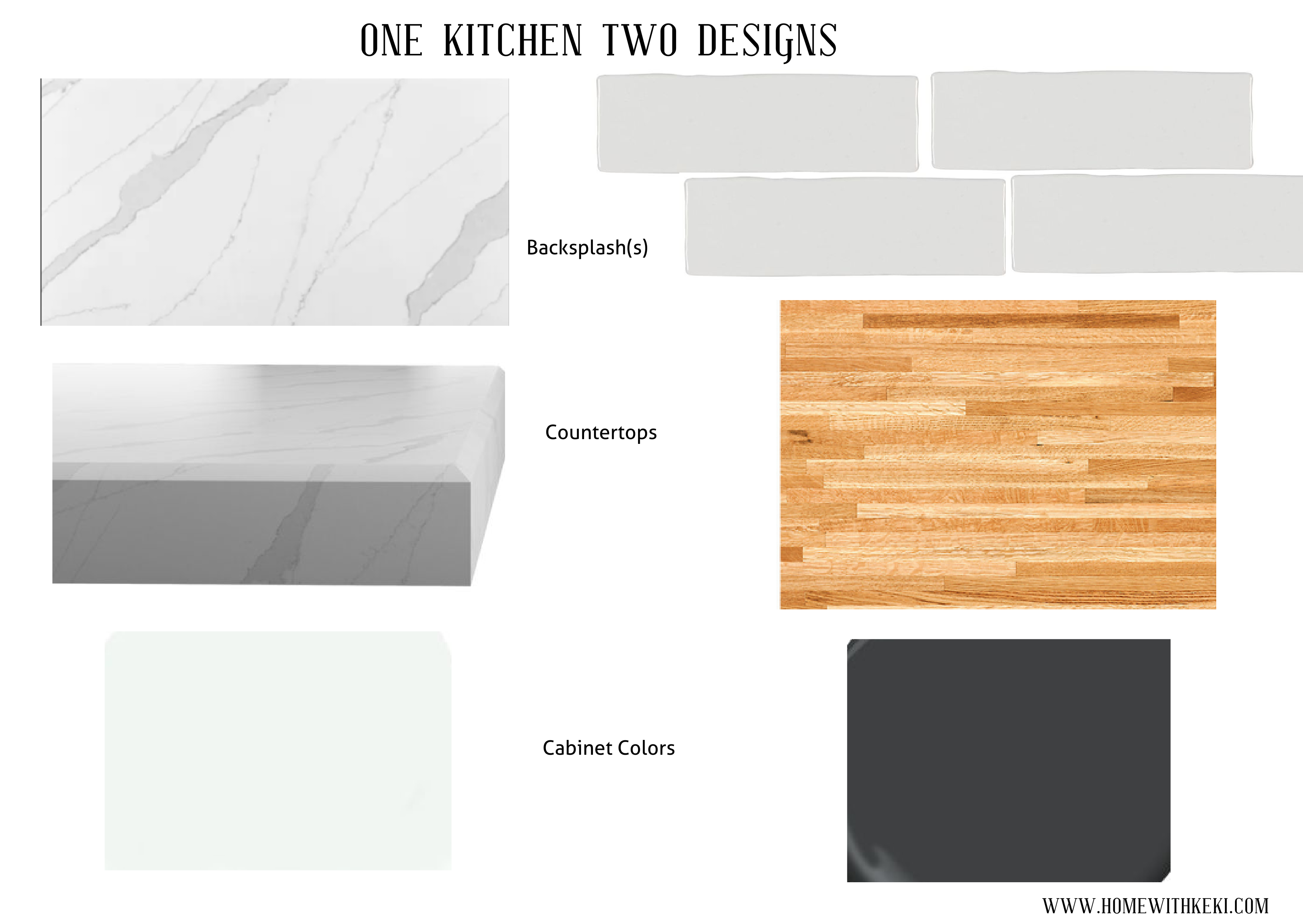Repairing Vintage Staircases
You know when you’re starting what should be a simple home renovation project, like replacing your staircase runner and it turns into something not so simple? Yeah, well, I have heard horror stories recently so I cannot complain, but I had a little hiccup in a home renovation of my own. At the end, discovering what was under the carpet was well worth it but when they say always expect your budget to go up? That happened when I began repairing vintage Staircases.
We had wall to wall carpet on our staircase and upstairs hallways. It wasn’t awful, but, it was outdated and didn’t fit our current style. You can see the original plan idea here, or how it looked when we pulled the carpet here. It was nice having a dark runner to hide stains and overall wear and tear, but our staircase does not get any natural light, for that reason, I wanted to lighten up the area with a beige carpet runner. I knew that once we pulled off all the carpet the wood would either need to be repaired or painted white in order to add a runner. Our home is ninety years old, there was no way the wood would be decent on the sides for a runner. I was expecting that extra cost of hiring my painter to come out and sand down the floors then prime and paint them white. However, when we pulled the carpet we finally discovered why we had such an awkward landing on the second floor.
THE BEFORE
You see, that entire landing was covered with carpet. It was weird and seemed completely unsafe and not up to code, since we bought the home that way we never new what happened. Turns out, for some reason, previous owners literally sawed off the original banister and spindles and then covered it with carpet. Maybe, they were trying to move something upstairs that couldn’t pivot / fit so they knocked out the banister. Whatever. I knew that any project I take on in my home, or a clients, I always try to go back to it’s former glory. Staying true to the original build of the home.
All I needed was to ask my contractors to rebuild it for me 🙂
Now, matching the spindles would not be a problem but matching the newels and handrail would be. The original banister at the bottom of the stairs is a hard maple that was obviously handcrafted by the original home builders, you know, since they couldn’t run to Home Depot in 1929. I knew that I had no choice but to paint the original newels and handrail black to create some continuity.
I know I know, you are thinking, just hire a carpenter to custom match to the original. Sorry, wasn’t in budget.
After literally standing over the area for a long period of time with my sub-contractor, we came up with a solution. We would raise the level of the floor base by adding a a piece of wood, this way we could secure all the new pieces into a the new wood. Then after some searching Home Depot found us 2 newels that had an almost exact top rounded post like our original one at the bottom of the stairs! Miracles do happen.
AFTER
